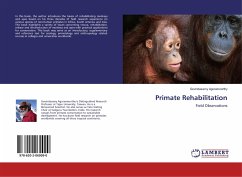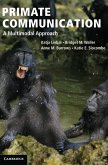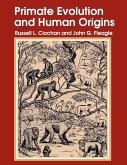The persistent poverty in many developing countries continues to influence ecological degradation. Almost half of the world's primate species that mainly include monkeys and apes are threatened with extinction due to increasing human population growth, deforestation, and illegal hunting. According to the IUCN Red List, 48% of the total 634 primate species that occur globally are threatened with extinction. Besides, half of the forests that once covered the Earth have vanished completely due to human impact. If the current rate of deforestation continues, today's forests will be gone by the year 2081. So the conflict between human progress and the survival of forest and primates is not likely to end anytime soon. Thus human survival depends largely on the future wise use of natural forests. In this monograph, the author based on his three decades of experience in conducting long-term field research highlights the urgent need for primate conservation with case studies from the jungles of Asia, Africa and South America.
Bitte wählen Sie Ihr Anliegen aus.
Rechnungen
Retourenschein anfordern
Bestellstatus
Storno








